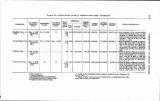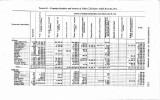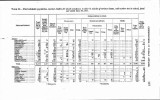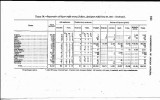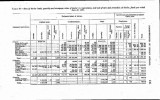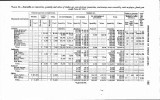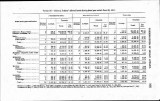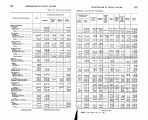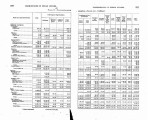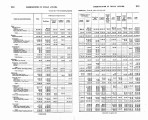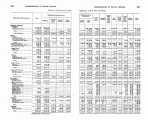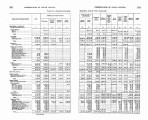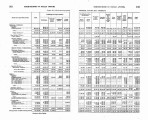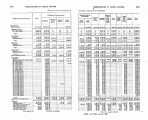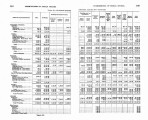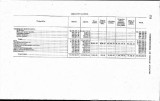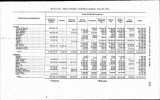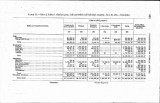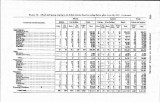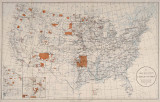| OCR Text |
Show 8 COMMI88IONER OF INDIAN AFFbIB8. day of each month to d i m to gether mbjects of general importance to the reservation, such as the construction and repair of roads, fences, and ditches, and improvements of live stock. The plans for-mulated are subject to the approval of the superintendent in charge and the whole membership of the reservation is required to take an active part in effecting improvements. The Indians have manifested cooperation and great respect for the rules adopted by this newsort of council. At the Wiebago Reservation in Nebraska, a number of Indians, formerly in the habit of asking that their land be leased, went to their superintendent and notified him they wished to occupy and farm their allotments for themselves; 38 Indians farmed for the &st time; in all, 174 adult Indians worked an average of 64 acres each, or a total of 11,000 acres; the value of crops now standing on these lands is estimated at $90,000. Forty-four sets of farm buildings were erected; representative sets had house, barn, granary, sheds, well, and pump, and cost about $1,000. In February, a farmers' institute was held for the benefit of the Indian farmers and the lessees of their lands. The attendance and interest were excellept. At some reservations, the yield of forage crops was large. At Fort Lapwai, Idaho, the Indians raised 1,200 tons of hay in addition to their 10,000 bushels of wheat, 15,000 bushels of barley, and 20,000 bushels of miscellaneous grains. At the Nevada Reservation, over 1,000 tons of alfalfa were grown on 240 acres, an average of more than 4 tons per acre; the approximate value was $10,000. But these Indians are not by any means dependent upon forage crops, for practically all of the familes have irrigation ditches and raise garden truck. One hundred apple trees in bearing yielded an average of 5 bushels per tree, a total of over 500 boxes, which sold from $1 to $1.50 a box. About 40 tons of potatoes werp raised and stored for winter use, but the barley crop was less than half the yield of last season, due to scarcitgr of water. Eight years ago, in a desert at Martinez, Cal., the Indians farmed no land, but since water has been developed they cultivate 600 to 800 acres. This season they have been very successful ; one Indian made over $1,000 and others from $300 to $800. Trying a new crop, these India118 last spring planted 75 acres of cotton. Equal improvement appears at Mescalem, N. Mex.; 10 years ago, an average crop of oats was 1,800 bushels; for this season, the yield is estimated at 15,000 bushels; there will be over 3,000 bushels of potatoes, as well; yet wn-ditions for extensive farming are not especially favorable at Mes-calero. At Crow, Mont., the Indians for the first time tried winter wheat, putting in 12,000 acres; although the grain has not yet been threshed, it is certain the yield will be high. |















































































































